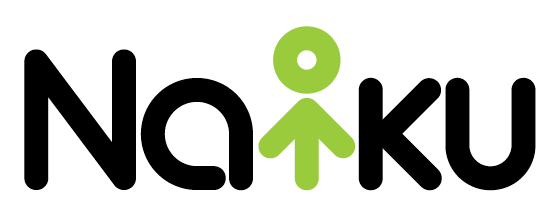“Listen to your customers.” It’s a tried-and-true business adage but often easier said than done. To listen is one thing but to understand what is being said and act upon what you have heard can be challenging. The customer may be asking for features that are too difficult to achieve or possibly asking for things that are directly opposed to what other customers are asking for.
While this scenario is true enough in most markets, it certainly is in the K-12 market and is compounded by the fact that educators are busy. And this is not just typical everyday busy like most customers everywhere but more like I-have-35-students-that-need-my-attention-right-now busy, so maybe we can chat/email later—or not.
To be a good ed tech partner, not only do you need to listen to your educator customers and take action on their feedback but also, and more importantly, understand their environment. In doing that, as their partner, you can help them provide valuable and actionable feedback to you—feedback that could be otherwise overlooked by your busy educator-partner.
At Naiku, we accomplish this by providing a solid foundation for educators to provide feedback. While it would be natural to include and highlight some of the latest software features and tricks when designing a product (borrowing from the consumer or business market), we instead chose to focus on using educational research to drive our product development. We believe that any incorporated software features should be a natural by-product of following the direction from educational research used during development.
By using this process, we were able to provide a cloud-based classroom assessment solution that enables educators to utilize leading instructional strategies that accelerate learning and provide a concrete means for feedback. What works well? What would they like more of? What would they like to see expanded or modified? What might not be as useful as they may have thought during development?
By providing a foundational product that is based on educational research, we have found it is easier for educators to provide concrete and specific feedback to their needs that is both understandable and actionable. Remember, your solution should adapt to their needs, not the other way around.
With a foundation for feedback in place, it is important to be receptive to feedback and allow time to listen. After all, teachers are busy. Allow ample time for teachers to use the product, as the best evaluations and feedback come after consistent use in the classroom, not just a spot trial here or there. Yet at the same time, when teachers do have time and wish to provide feedback, you need to be ready to listen and respond.
At Naiku, we handle feedback solicitation by:
*Setting aside time with educators at the end of the school year and/or quarter breaks to discuss and receive feedback.
*Proactively reserving development resources during the year to react to feedback and suggestions when teachers are able to provide them.
This is how we have ensured that our solution is more and more relevant for our educator-partners. Two examples highlight how we have done this at Naiku:
*Waverly-Shell Rock Middle School in Eagan, Minnesota, began using Naiku as a tool to inform and differentiate instruction. They liked how teachers could easily see student proficiency by standard and students could see for themselves as well through their own accounts—a great way to encourage student ownership of their learning. Educators at Waverly asked if we could incorporate student goal-setting into each class so the student could not only review and reflect on their assessment performance and proficiency of standards but also see where they met goals that they established for themselves.
*Eastview High School in Waverly, Iowa, began using Naiku to provide their teachers data on student achievement for informed instruction. This included proficiency on standards but also went beyond that to get a better understanding of student performance with a variety of item types, ways to assess students, and confidence-based assessment. Teachers asked us to incorporate a student journaling field for each answer where students could justify their answer and/or explain their work. After we did so, teachers used this field not only for student answer justification but also as a further opportunity to engage their students and receive feedback.
To encourage continued feedback from educators, it is important for educators to be confident that their voice is being heard. Sometimes feedback comes from an individual and is direct; in these cases, it is straightforward to communicate and ensure that the educator’s voice is heard.
Other times, suggestions and feedback are provided from a group or via alternate, less direct means—perhaps a survey response. For these reasons, it is important to have a variety of communication channels. As a cloud-based assessment platform, we provide updates on a regular basis—there is no need to wait for the summer to deploy code. While this allows for fast response to user requests, it also means we need to communicate on a regular basis—we can’t simply have a once per year “here is what’s new” message.
To facilitate various touchpoints, we typically use multiple instances of the following:
*Company blogposts
*In-app notices
*Monthly teacher newsletter
*Regular leadership webinars
*Give teachers a product that is based on educational needs—though it may not be a perfect fit, it will be much closer and provide educators a more concise and clear way to provide feedback.
*Communicate what you have done. You can’t do everything—educators understand this. But communicate what you have done and let them know if you can’t do something.


